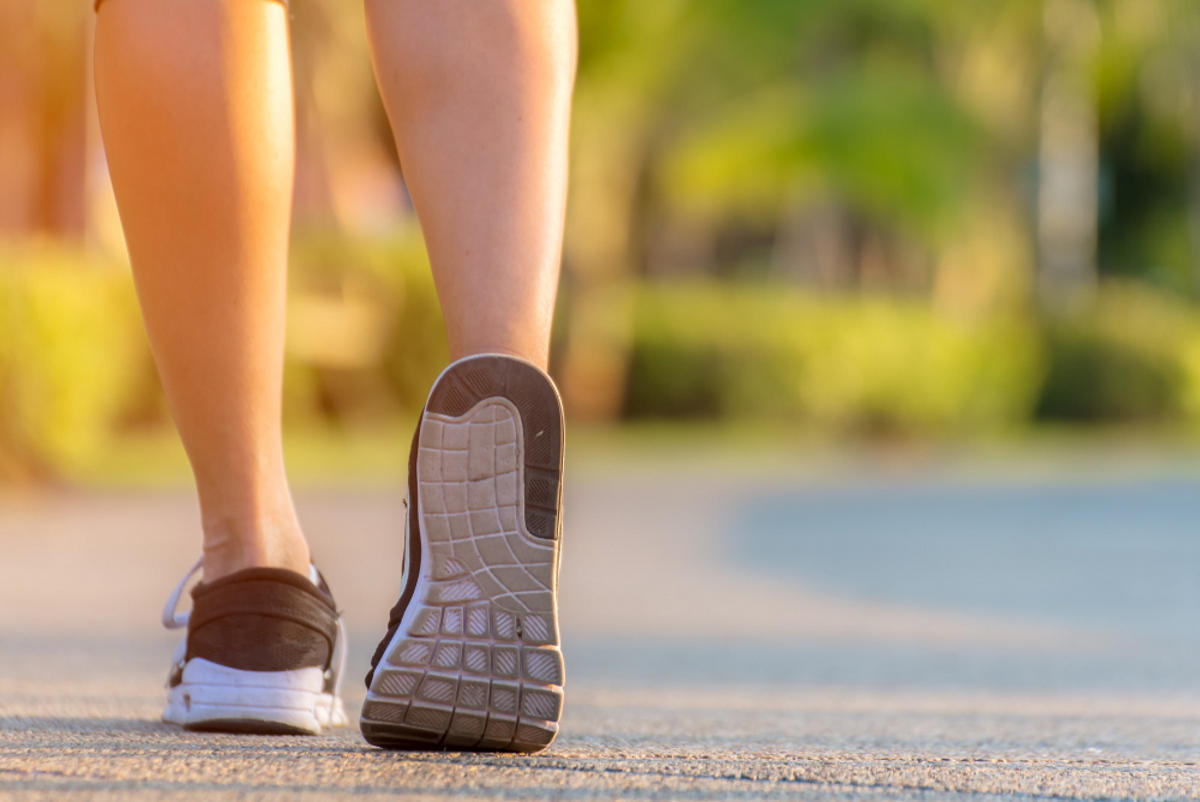Walking alternating fast and slow phases improves health at any age: this is what Interval Walking Training is, the Japanese walk supported by science

@Wanida Prapan/123rf
The Interval Walking Training (IWT) method was developed by a team of researchers at Shinshu University in Japan, led by Professor Hiroshi Nose. The concept is straightforward: walk briskly for three minutes (at 70–85% of your maximum aerobic capacity), then walk slowly for three minutes (around 40%). This cycle should be repeated at least five times per day, four days a week.
What sets it apart from regular walking? Alternating intensities activates metabolism, stimulates circulation, and improves insulin sensitivity. There’s no need to run or overexert yourself — all you need is rhythm, consistency, and some basic attention to your diet.
A Japanese study published in the Journal of Applied Physiology tracked a group of sedentary adults over six months: those who practiced IWT improved their respiratory capacity, muscle strength, blood sugar levels, and blood pressure — all simply by walking.
IWT really helps those suffering from diabetes, high blood pressure, and muscle weakness
The true strength of IWT lies in its proven clinical effectiveness. In a study conducted in Japan with 679 participants over the age of 65, researchers observed improvements in fasting blood sugar, lower body strength, and independent walking ability.
That’s not all: a study published in Diabetes Research and Clinical Practice found that IWT increased insulin sensitivity by 13%, a result comparable to that of glucose-lowering medications but without side effects.
Those with high blood pressure can benefit even more: a meta-analysis published in Hypertension Research showed that regular IWT practice can lower diastolic blood pressure by as much as 5 mmHg in men.
Even when no significant gains in pure strength are seen, IWT increases walking speed, boosting independence and improving daily quality of life, especially in people with limited mobility.
What to eat to maximize the effects of IWT
As always, diet plays a crucial role. In Japan, some studies have focused on combining IWT with functional foods — foods that have measurable health benefits.
One study involving elderly individuals with high blood sugar levels found that eating high-pressure-treated rice rich in resistant starch during IWT training periods reduced blood sugar fluctuations and improved post-meal glucose control.
Natural yogurt, consumed after walking, can also make a difference: it helps reduce cardiovascular stress during IWT, especially in hot weather, while supporting muscle recovery and hydration. This combination of regular physical activity and functional foods stands out as an effective and natural strategy to protect your health.
Why IWT is the right choice if you want to feel better without turning your life upside down
The beauty of IWT is its universal accessibility. It requires no equipment, costs nothing, and doesn’t demand strict schedules. You can do it in the park, around the city, at home on a treadmill, even while listening to music. It’s perfect for those who want to move without stress, for people out of shape, or for anyone short on time but determined to prioritize their health.
Consistency is key: just a few minutes a day, four times a week, can truly make a difference. And the benefits will come: science confirms it, and so do those who have tried it. Once you experience it, there’s no going back.
Source: Journal of Applied Physiology
